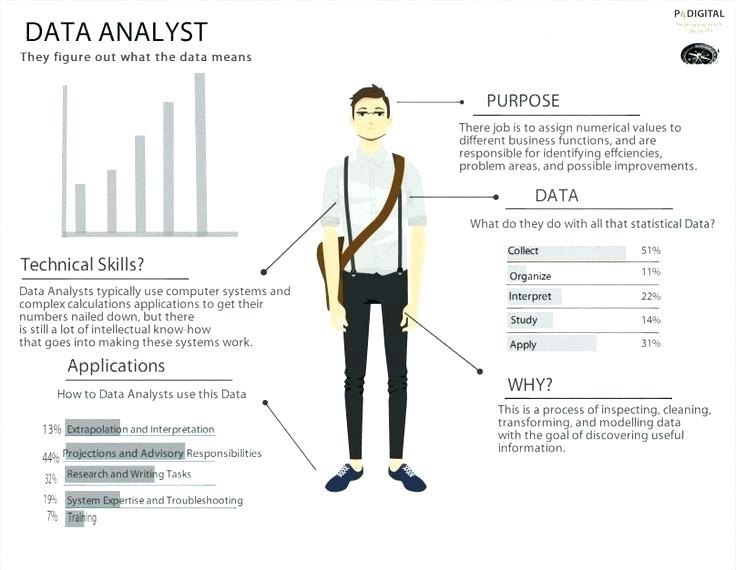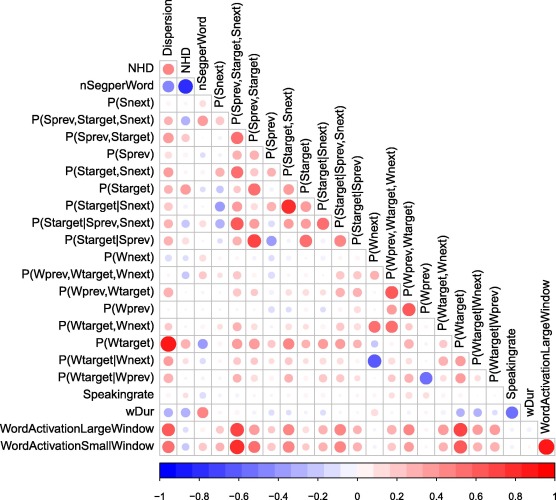The Double Declining Depreciation Method: A Beginner’s Guide
Contents:


Salvage value is the restaurant bookkeeping book value of an asset after depreciation. It is an important component in the calculation of a depreciation schedule. Under the generally accepted accounting principles for public companies, expenses are recorded in the same period as the revenue that is earned as a result of those expenses.
Investopedia requires writers to use primary sources to support their work. These include white papers, government data, original reporting, and interviews with industry experts. We also reference original research from other reputable publishers where appropriate. You can learn more about the standards we follow in producing accurate, unbiased content in oureditorial policy.
Alternative Depreciation System (ADS): Definition, Uses, Vs. GDS – Investopedia
Alternative Depreciation System (ADS): Definition, Uses, Vs. GDS.
Posted: Sat, 25 Mar 2017 22:06:28 GMT [source]
The double declining balance method describes an approach to accounting for the depreciation of fixed assets where the depreciation expense is greater in the initial years of the asset’s assumed useful life. The double-declining balance depreciation method, also known as the reducing balance method, is one of two common methods a business uses to account for the expense of a long-lived asset. Similarly, compared to the standard declining balance method, the double-declining method depreciates assets twice as quickly. Double declining balance is the most widely used declining balance depreciation method, which has a depreciation rate that is twice the value of straight line depreciation for the first year. Use a depreciation factor of two when doing calculations for double declining balance depreciation.
DDB depreciation formula
Get instant access to video lessons taught by experienced investment bankers. Learn financial statement modeling, DCF, M&A, LBO, Comps and Excel shortcuts. Instead of multiplying by our fixed rate, we’ll link the end-of-period balance in Year 5 to our salvage value assumption. The beginning of period book value of the PP&E for Year 1 is linked to our purchase cost cell, i.e. Since public companies are incentivized to increase shareholder value , it is often in their best interests to recognize depreciation more gradually using the straight-line method. In addition, capital expenditures consist of not only the new purchase of equipment, but also the maintenance of the equipment.

The Ascent is a Motley Fool service that rates and reviews essential products for your everyday money matters. The total expense over the life of the asset will be the same under both approaches. Written-down value is the value of an asset after accounting for depreciation or amortization. DDB is ideal for assets that very rapidly lose their values or quickly become obsolete. This may be true with certain computer equipment, mobile devices, and other high-tech items, which are generally useful earlier on but become less so as newer models are brought to market. As a result, companies opt for the DDB method for assets that are likely to lose most of their value early on, or which will become obsolete more quickly.
Find the best business loan rates (
Classes are determined according to the usefulness, or recovery period, of the particular asset. Recovery periods under GDS are the same as the length of time indicated in the property class (e.g., office furniture is in the 7-year property class and has a recovery period of 7 years). The exception to this is residential rental property, which has a recovery period of 27.5 years, and nonresidential real property, which has a recovery period of 39 years. At the end of the useful life of the equipment, the asset has a carrying value of $20,000. At this point, if the organization sells the equipment above its residual value then it registers a profit in the income statement, else a loss.
- One method is called partial year depreciation, where depreciation is calculated exactly at when assets start service.
- The book value, or depreciation base, of an asset, declines over time.
- The company then needs to measure the value of the asset at the end of its useful life.
Therefore, it must generate economic benefits and provide returns for the depreciation to apply. If an asset does not meet the above definition, companies cannot charge depreciation for it. Straight-Line Depreciation Equipment acquired at the beginning of the year at a cost of $340,000 has an estimated residual value of $45,000 and an estimated useful life of 10 years. Determine the depreciable cost the straight-line rate the annual straight-line depreciation.
Sum-of-the-years method
Recovery periods under the ADS are typically longer than GSD recovery periods. This method, being an accelerated method to depreciate an asset, allows for a speedy depreciation. Companies usually opt for this method when they expect the asset to provide higher productivity in the initial years. This method of depreciation is especially useful for assets that deteriorate more rapidly in their first few years of use, as the method will reduce deductions as the years go on. As a result, companies will typically choose to use this method of depreciation when dealing with assets that gradually lose value over their useful life. After the final year of an asset’s life, no depreciation is charged even if the asset remains unsold unless the estimated useful life is revised.
A Beginner’s Guide to Retained Earnings – The Motley Fool
A Beginner’s Guide to Retained Earnings.
Posted: Fri, 05 Aug 2022 07:00:00 GMT [source]
If the company was using the straight-line depreciation method, the annual depreciation recorded would remain fixed at $4 million each period. For reporting purposes, accelerated depreciation results in the recognition of a greater depreciation expense in the initial years, which directly causes early period profit margins to decline. Deduct the annual depreciation expense from the beginning period value to calculate the ending period value. Both DDB and ordinary declining depreciation are accelerated methods. The difference is that DDB will use a depreciation rate that is twice that the rate used in standard declining depreciation.
How to Calculate the Double Declining Balance
This method requires you to assign each depreciated asset to a specific asset category. Remember that depreciation rules are governed by the IRS, and the method you choose to depreciate your assets will directly affect year-end taxes, so choose wisely. The method currently used by the IRS is the Modified Accelerated Cost Recovery System . Suppose you purchase an asset for your business for $575,000 and you expect it to have a life of 10 years with a final salvage value of $5,000. You also want less than 200% of the straight-line depreciation (double-declining) at 150% or a factor of 1.5. In regards to depreciation, salvage value is the estimated worth of an asset at the end of its useful life.
- In the next step, we need to multiply the beginning book value by twice the depreciation rate and deduct the depreciation expense from the beginning value to arrive at the remaining value.
- When, although the company is looking to defer the tax liabilities and reduce profitability in aforementioned initial years of the asset’s useful life, a a the best set for charging depreciation.
- This approach is reasonable when the utility of an asset is being consumed at a more rapid rate during the early part of its useful life.
- For example, if the equipment in the above case is purchased on 1 October rather than 2 January, depreciation for the period between 1 October and 31 December is ($16,000 x 3/12).
- This process continues until the final year when a special adjustment must be made to complete the depreciation and bring the asset to salvage value.
Regarding this method, salvage values are not included in the calculation for annual depreciation. However, depreciation stops once book values drop to salvage values. There are many methods of distributing depreciation amount over its useful life. The total amount of depreciation for any asset will be identical in the end no matter which method of depreciation is chosen; only the timing of depreciation will be altered. The double-declining method of depreciation is a technique that companies use to charge depreciation.
Even though year five’s total depreciation should have been $5,184, only $4,960 could be depreciated before reaching the salvage value of the asset, which is $8,000. For thorough month convention, for example, to asset placed in service in Ocotber will have 3 months in that first date to front all of October, November both December. Calculating depreciation will differ depending on the method of depreciation you’ve chosen. This approach is reasonable when the utility of an asset is being consumed at a more rapid rate during the early part of its useful life. It is also useful when the intent is to recognize more expense now, thereby shifting profit recognition further into the future . With this method, the depreciation is expressed by the total number of units produced vs. the total number of units that the asset can produce.
With the double declining balance method, the amount is different every year which makes it difficult to predict the income for that year. Most resources decrease in value over the long haul and may require a significant measure of support expenses to keep resources in reasonable use in later years. The maintenance costs would be deducted from the organization’s reported benefits.
Certain fixed assets are most useful during their initial years and then wane in productivity over time, so the asset’s utility is consumed at a more rapid rate during the earlier phases of its useful life. There are various alternative methods that can be used for calculating a company’s annual depreciation expense. Using depreciation allows you to avoid incurring a large expense in a single accounting period, which can severely impact both your balance sheet and your income statement. This method is more difficult to calculate than the more traditional straight-line method of depreciation. Also, most assets are utilized at a consistent rate over their useful lives, which does not reflect the rapid rate of depreciation resulting from this method. Further, this approach results in the skewing of profitability results into future periods, which makes it more difficult to ascertain the true operational profitability of asset-intensive businesses.

Then you multiply the resulting percentage by the remaining depreciable value of the asset. When a business depreciates an asset, it reduces the value of that asset over time from its cost basis to some ultimate salvage value over a set period of years . By reducing the value of that asset on the company’s books, a business is able to claim tax deductions each year for the presumed lost value of the asset over that year.
Amortization vs. Depreciation: What’s the Difference? – Investopedia
Amortization vs. Depreciation: What’s the Difference?.
Posted: Sat, 25 Mar 2017 18:22:09 GMT [source]
In the second year, depreciation is calculated in a regular way by multiplying the remaining book value of $36,000 ($40,000 — $4,000) by 40%. For example, if the equipment in the above case is purchased on 1 October rather than 2 January, depreciation for the period between 1 October and 31 December is ($16,000 x 3/12). If you receive a stock option from your employer, the type of stock option determines the timing of income you must report for tax purposes.
To illusthttps://1investing.in/, let’s again utilize our example of which $100,000 asset, with a four-year spirit, and … For example, the depreciation expense for the second accounting year will be calculated by multiplying the depreciation rate (50%) by the carrying value of $1750 at the start of the year, times the time factor of 1. Also, in some cases, certain assets are more valuable or usable during the initial year of their lives.
However, if the company later goes on to sell that asset for more than its value on the company’s books, it must pay taxes on the difference as a capital gain. The DDB depreciation method is best applied to assets that quickly lose value in the first few years of ownership. This is most frequently the case for things like cars and other vehicles but may also apply to business assets like computers, mobile devices and other electronics. Assuming that at the start of the eighth year the remaining life is estimated to be six years and the residual value is estimated to be $12,000, determine the depreciation expense for each of the remaining six years. The amount at which the company purchases the equipment, $200,000, the cash and cash equivalents are reduced by $200,000.
SABILA BOUTIQUE HOTEL

